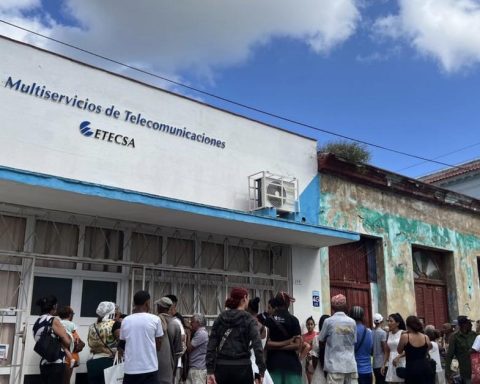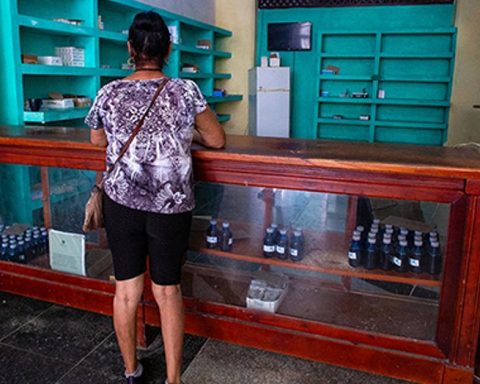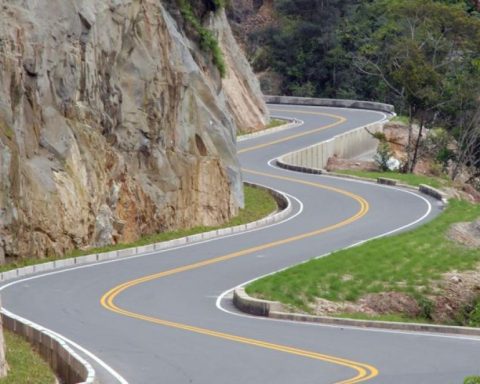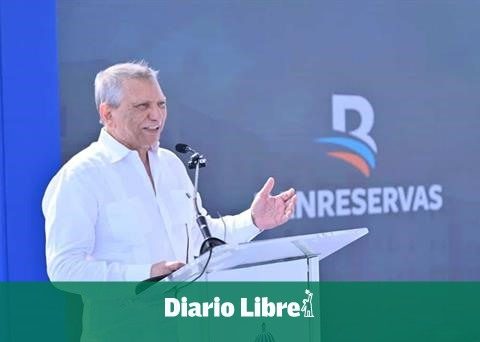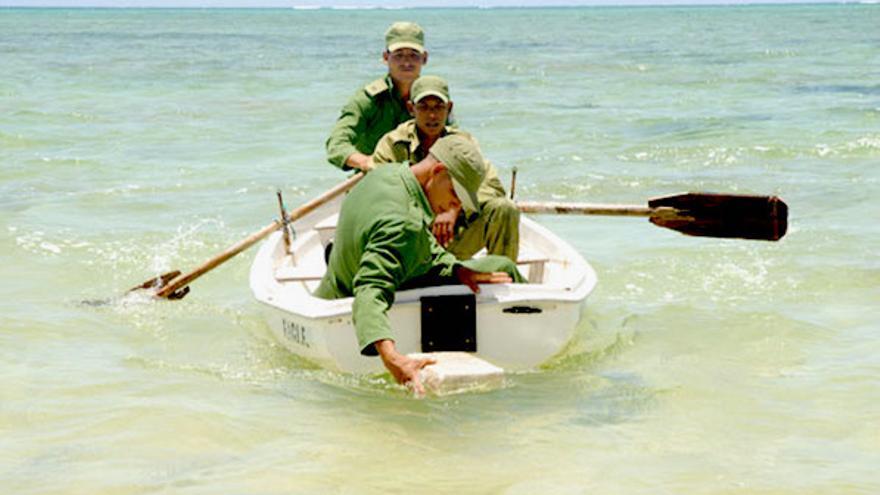
Cuban state television dedicated its program on Monday, June 26, the world day of the fight against drugs, to the fight by the authorities against trafficking and consumption on the island. The central idea was to highlight the State’s commitment to these crimes and attribute the transit of these substances through the national territory to neighboring countries. The speech was the usual one, until, in an unusual script twist, the problem was discussed inside.
“It is confirmed that Cuba is not a country that produces, stores or transits drugs to third nations,” said Alexis Batista Cegrera, director of International Relations at the Ministry of Justice. “Its main affectation -he continued- is given by the impact of international drug trafficking and to a lesser extent marijuana cultivation, the latter mainly in the eastern provinces, where 92 cultivation events were detected, in which 25,168 plants and 88,044 seized seeds”. In addition, 3,902 kilos of drugs were seized.
The official indicated that a reinforcement plan has been created for the prevention and confrontation with drugs and, although he did not give details, he said that it was directed against traffickers and sellers and that it contains preventive measures in areas where consumption has occurred. According to his explanation, Havana is the main transit destination, which is why actions were carried out to “hinder the movement of crime and the sale of drugs to provincial capitals” and the capital.
According to his explanation, Havana is the main transit destination, which is why actions were carried out to “hinder the movement of crime and commercialization.”
Batista added that they are working with mass organizations to prevent the phenomenon and increase the perception of risk among young people in an attempt to “maintain the rejection of the population.” The strategy has had some success in Cuba, one of the countries where consumption is visibly lower than in its surroundings and where any debate about the possible liberalization of substances such as cannabis is unthinkable, whether for therapeutic purposes, as in ten countries of the continent (from Canada to Uruguay, Mexico or Argentina), or recreational, as in Malta, the Netherlands and some US states.
“The results achieved in 2022 confirm the political will of the Cuban Government for zero tolerance for drugs and the need to continue improving prevention and confrontation actions in the system, to minimize the impact of drug trafficking and consumption in the country,” settled.
In contrast to Cuba, the world. The manager presented data that the United Nations had sent in its report on drugs last year and that reflect an increase from 240 million consumers in 2011 to 296 million in 2021, 5.8% more. In the case of cannabis, the increase reaches 23%, a situation that worries the island’s authorities, Batista said, because a greater diversity of products for its sale is detected that make it more attractive to minors, from cookies to chocolate and, of course, electronic cigarettes.
“For us it is a priority in this type of clothing to determine which ones are linked or not to the drug issue,” added William Pérez González, deputy chief of the General Customs of the Republic, who gave details about the increase in traffic at the points of entry. entry into the country, also the result of increased passenger traffic this year compared to the previous one. So far in 2023, there were eight major origins detected, “77% of the cases are concentrated in four of these; 74% of the drug couriers are Cuban citizens who have been linked to this activity.”
A good part of the program, and the headline chosen by the official press broadcasts it, focused on identifying the United States as the world’s largest market, something plausible given its volume of population.
“The United States is immersed in an opioid crisis. It is about fentanyl, a substance that is 50 times stronger than heroin and a hundred times stronger than morphine”
“The United States is submerged in an opioid crisis,” said Juan Carlos Poy Guerra, head of anti-drugs at the Ministry of the Interior. “Its about fentanyla substance that is 50 times stronger than heroin and a hundred times stronger than morphine”, he continued with the explanation, and added other data, such as that in two years deaths from overdoses of this drug increased by 94% in the country and that almost 200 Americans die every day from consuming it. Any allusion to China, a country with which Washington maintains a close relationship, was conspicuous by its absence. frontal war –which includes sanctions– due to the high number of laboratories that manufacture it.
Beijing did come up, although to the contrary: the donation of two million pesos with which China “will contribute to continue strengthening our border points with effective teams that help expedite the processes, both for travelers and cargo” .
Those attending the Round Table also highlighted an increase in the circulation of tramadol, an opiate-type medication, of which 37,000 tablets and 700 bottles were seized in four operations in Cuba so far this year “also fostered by the very flexibility that granted the country to import toiletries, medicines and food by passenger, free of payment and without limits on the quantities as luggage”, they warned, reminding the population that anyone who transports drugs in their suitcase is criminally responsible for it.
As for the maritime route, the recalculos They also increased this 2022, with 729, compared to 452 the previous year. In total, the Border Guard Troops seized more than 3,512 kilos of drugs. Poy Guerra warned of the dangers in operations with the use of speedboats and recounted the specific case of a network “organized by Cubans and foreigners from the Dominican Republic with a support base in Jamaica” that tried to introduce more than 181 kilos of dope.
In addition, he continued, “the intention of Cuban and foreign emigrants to introduce drugs persists, using passengers, cargo and postal shipments.” Twenty-six operations of this type were prevented, which ended with the arrest of 47 people (16 of them foreigners) and the requisition of 27 kilos of drugs.
He illustrated the viewers with the announcement of the premiere of a series made from videos recorded in customs to show “the whole world” how they work at the borders
The Round Table did not lack its corresponding overdose of ideology towards the end. After illustrating viewers with the announcement of the premiere of a series made from videos recorded at customs to show “the whole world” how they work at the borders, Pérez González expressly indicated the importance of officers being well prepared both “technically and ideologically”. In January, around 260 young people will graduate as senior Customs technicians with whom they hope to increase the staff.
“We cannot afford to be surprised by these phenomena because the objective is for Cuba to remain a safe destination. We ratify that the men and women of the General Customs of the Republic are irreplaceable guardians with the conviction of fighting drugs with blood and fire, as our Army General Raúl Castro told us,” he closed.
In the long program there were no words for the most important drug trafficking scandal in the history of Cuba: the executions of Arnaldo Ochoa, Antonio de la Guardia, Jorge Martínez Valdés and Amado Padrón Trujillo, in 1989, accused of transferring drugs to the United States from Colombia, just at the time when investigations by a Miami court pointed to Fidel Castro’s regime in these illegal activities.
________________________
Collaborate with our work:
The team of 14ymedio He is committed to doing serious journalism that reflects the reality of deep Cuba. Thank you for accompanying us on this long road. We invite you to continue supporting us, but this time becoming a member of our newspaper. Together we can continue transforming journalism in Cuba.
